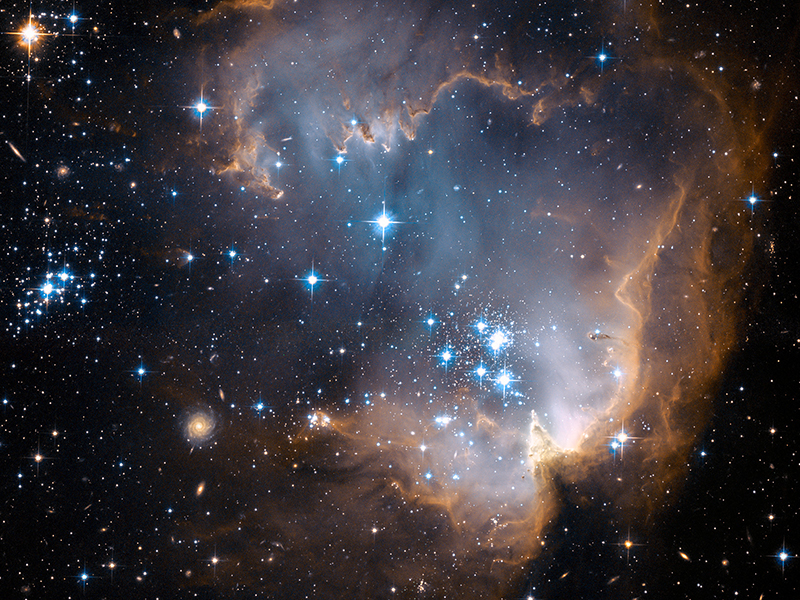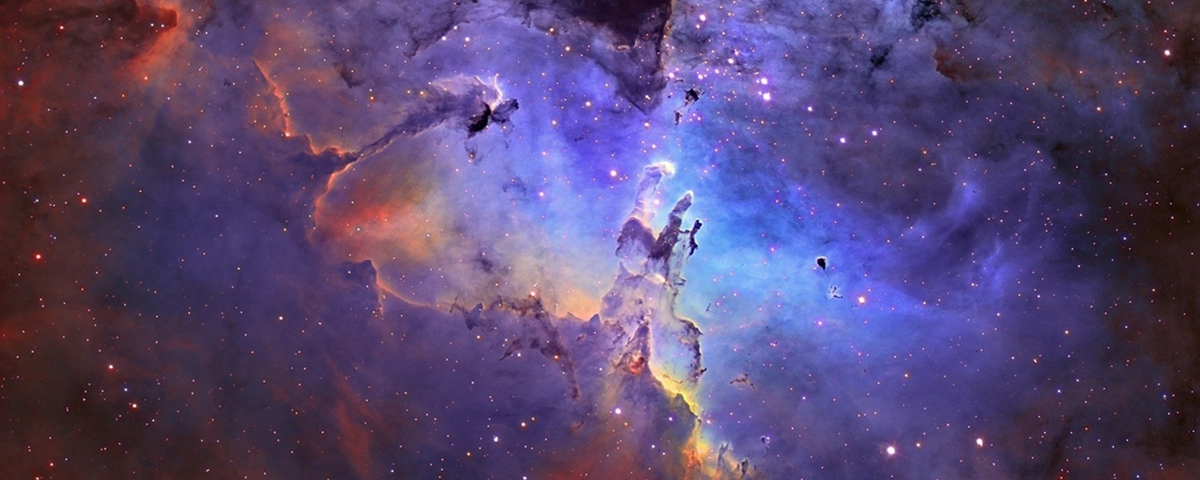Stellar evolution includes the life process of stars. These are born, develop and die, going through more or less spectacular phases, which determine how a star will behave in the future, and what will happen in the final stages of its life. Stellar evolution spans billions of years, but astronomers have been able to observe stars at different periods and form a general outline of their evolution. Its main stages are summarized below.
star formation
 Stars form from clouds of gas. There are mechanisms external to the cloud that compress it and increase its density, and it can contract due to gravity; When it contracts, the cloud fragments into smaller regions that can give rise to stellar embryos.
Stars form from clouds of gas. There are mechanisms external to the cloud that compress it and increase its density, and it can contract due to gravity; When it contracts, the cloud fragments into smaller regions that can give rise to stellar embryos.
As happens in any gas, a pressure appears that tends to slow the fall of matter towards the center and stop contraction. At one point the pressure almost exactly counteracts the attraction: in the area where this happens the contraction practically ceases (in fact it continues, but it does so very slowly).
A hot core begins to form around which the outer part of the nebulosity rotates, reaching sufficient temperature to generate thermonuclear reactions, such as nuclear fusion; Once this happens, energy is generated and the star begins to shine.
When the star begins to form, it must respect two balances during its life. He thermal equilibrium, where all the energy produced inside must be balanced with the energy radiated outside and its internal temperature. The second is the hydrostatic balance; The pressure at any depth in the star must be sufficient to compensate for the weight of the upper layers. Both balances are maintained for millions of years, during which time the star will have a stable life. The mass of the gas cloud determines the mass of the star, and with it, how its subsequent evolution will be.


